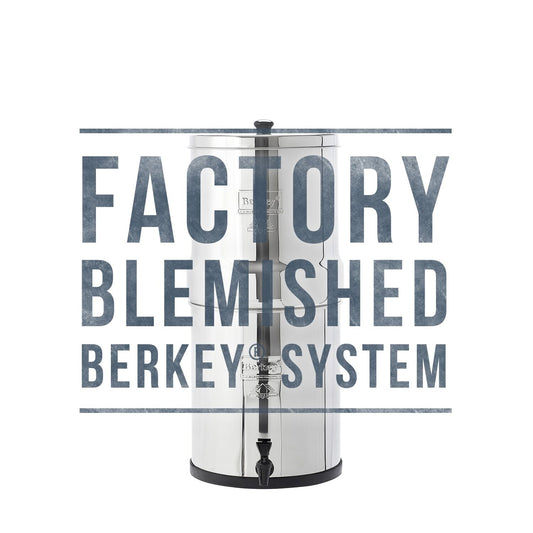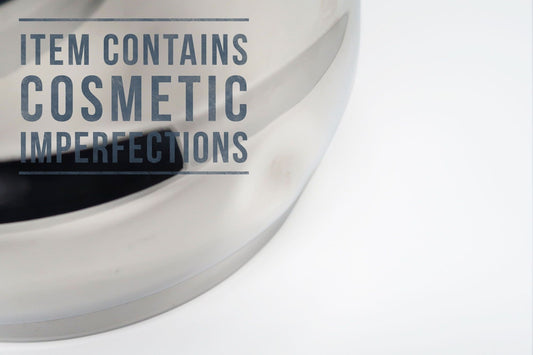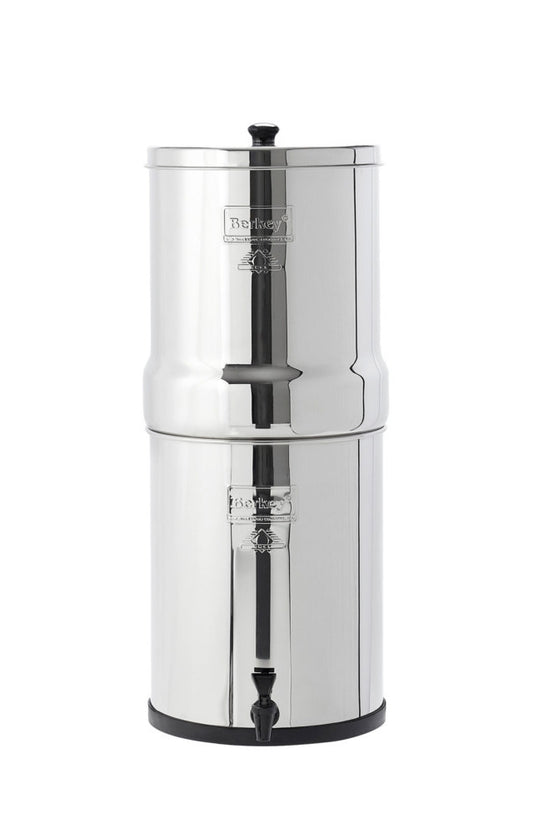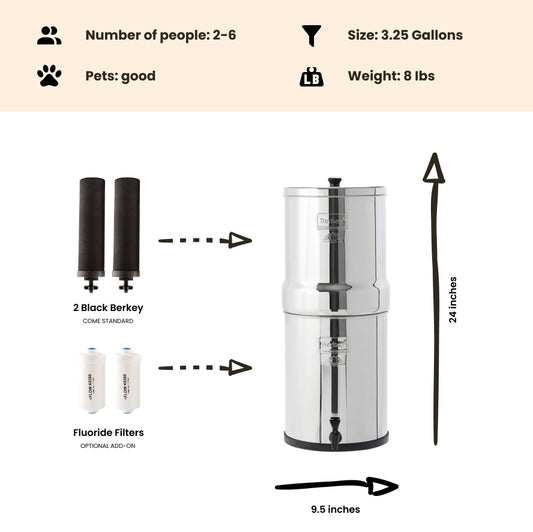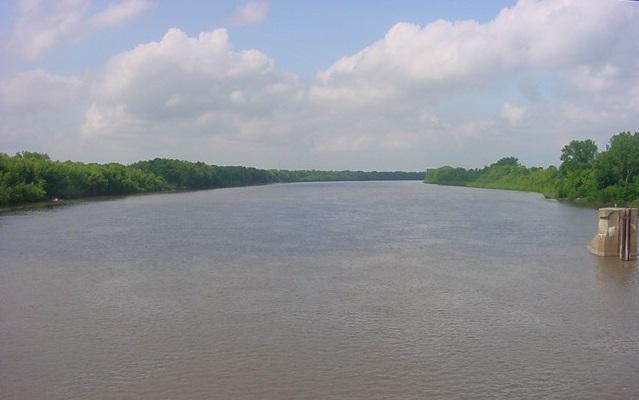
More Efficient Farming Methods Improve River Water Quality
By Dan DeBaunShare
The Illinois River has seen an improvement in water quality due to the reduction of a key pollutant: nitrates. A recent study conducted by researchers from the University of Illinois College of Agricultural, Consumer and Environmental Sciences has found that nitrate levels in the Illinois River between 2010-2014 were 10% less than average nitrate levels recorded between 1980 an the early 1990s.
The US Environmental Protection Agency (EPA) ultimately is striving to reduce the levels of nitrates and phosphorus by 45% in the Mississippi River, which will in turn help reduce the extent of the 'dead zone' — a seasonally hypoxic area — that forms in the Gulf of Mexico as a result of high nitrate loads that flow from tributaries such as the Illinois River into the Mississippi River and then into the Gulf. The state of Illinois together with other states across the Mid-west have implemented strategies to reduce these nitrate loads in an effort to limit the impact on inshore coastal waters.
"The recent reduction in nitrate load in the Illinois River is a promising sign," says the study's lead author, Greg McIsaac, a researcher at the University of Illinois, who notes that the study concluded before nitrate records for 2015 were made available. "Now that these data are available, we know that the Illinois River nitrate load from 2011 to 2015 was 15% lower than the load measured in the baseline period from 1980 to 1996. This 15% reduction is a milestone that the state hoped to achieve for all its rivers by 2025," he says.
Besides assessing nitrate level trends in the Illinois River between 1976-2014, the researchers also tried to pin-point the causes of any changes in nitrate loads and/or concentrations. They looked at nitrate levels in treated wastewater that was discharged into the Illinois River by water treatment facilities in the Greater Chicago area between 1983-2014, as well as annual agricultural records, such as fertilizer sales, crop yields and livestock numbers to determine agricultural nitrogen residues in soil for each year — or the amount of nitrogen that is available to plants in the form of manure, fertilizer, or by biological fixation, yet not taken up by plants or harvested with the grain. A large portion of these nitrogen residues remain in soils as nitrates, which can wash into rivers through runoff or by leaching through soils into groundwater.
According to co-author, Mark David, a biogeochemist at the University of Illinois, the highest levels of residual agricultural nitrogen were recorded in the late 1980s, after a period of extensive drought which saw poor corn yields.
"Beginning around 1990, the residual agricultural nitrogen began to decline, most likely due to improved fertilizer management and higher corn yields. Since 1980, the amount of nitrogen fertilizer sold in the watershed remained relatively constant, but corn yields increased by about 50%," says David. "This means that more of the nitrogen fertilizer applied was taken up by the corn and harvested in the grain and less was left in the soil or washed down the river."
After analyzing the nitrate data, the researchers determined that yearly nitrate loads correlated with the rate of river flow, as well as nitrate discharges from Chicago's wastewater treatment works and agricultural nitrogen residues. Similarly, nitrate concentrations were correlated with agricultural nitrogen residues and nitrates in Chicago wastewater discharges, however, they did not correlate with river flow rates.
Precipitation together with the rate of river flow have a strong influence on nitrate loads in rivers, yet both tend to be considerably erratic. According to McIsaac, considering that the 5-year average river flow rate for the period 2007-2011 was the highest on record since measurements began in 1939, it is encouraging that nitrate loads have recently declined despite river flow rates being higher than normal.
In terms of nitrate concentrations, we have seen a more consistent decline since around 1990, when high concentrations were the norm. According to McIsaac, the disparity between nitrate loads and nitrate concentrations can be attributed to the fact that nitrate load is affected by both nitrate concentrations and river flow rates — with precipitation having a strong influence over the latter. Nitrate concentrations, on the other hand, are not. Stronger flow rates enable the river to carry greater loads of nitrates, yet the nitrate concentrations do not necessarily change.
What is the outlook for the future? According to the authors, there are a number of factors that will determine whether nitrate loads and concentrations will continue to drop in the years ahead.
"If the annual river flows return to their 1976-2005 average values, and if nitrogen fertilizer efficiency remains high or continues to improve, there likely will be a decline in nitrate loads in the Illinois River," David explains. "On the other hand, if river flows remain high, which may be a consequence of climate change, meeting the nitrate reduction goals will likely require more conservation effort than originally proposed."
Journal Reference
Gregory F. McIsaac, Mark B. David, and George Z. Gertner. Illinois River
nitrate-nitrogen concentrations and loads: Long-term variation and association with watershed nitrogen inputs. Journal of Environmental Quality. 6 May, 2016.
Image Suggestion
https://www.eurekalert.org/multimedia/pub/115174.php
https://www.flickr.com/photos/freewine/4985467492
-
Regular price From $302.00 USDRegular priceUnit price / per
-
Regular price $234.00 USDRegular priceUnit price / per
-
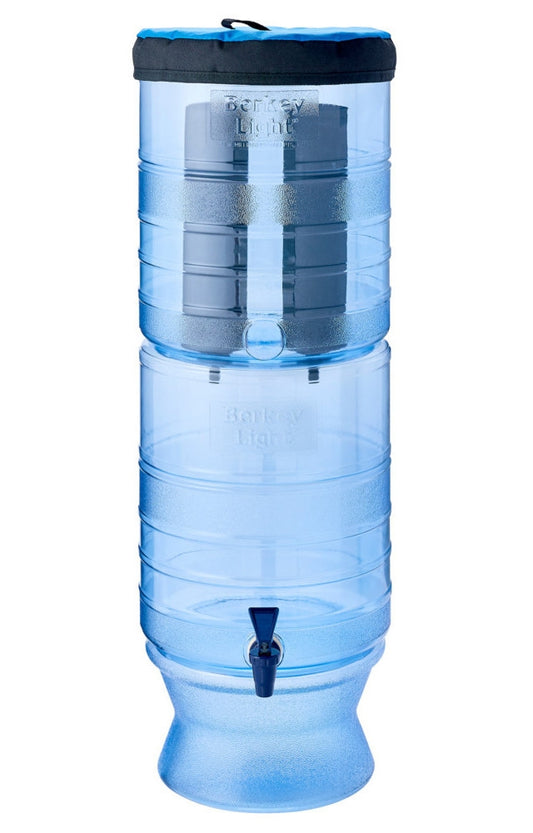
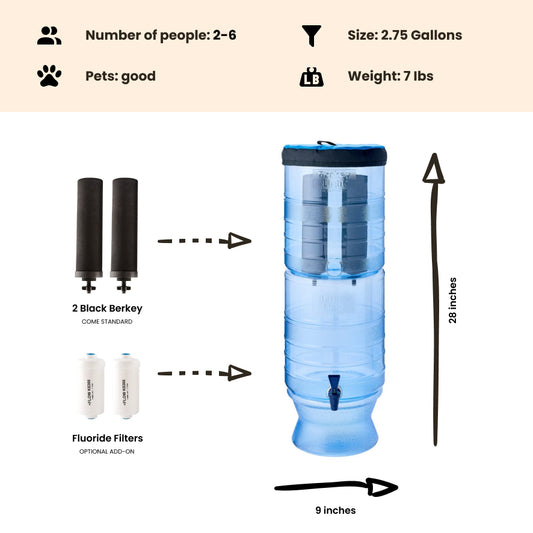 Sold outRegular price From $305.00 USDRegular priceUnit price / per
Sold outRegular price From $305.00 USDRegular priceUnit price / per -
Regular price $327.00 USDRegular priceUnit price / per
-
Regular price From $367.00 USDRegular priceUnit price / per
-
Regular price From $408.00 USDRegular priceUnit price / per
-
Regular price From $451.00 USDRegular priceUnit price / per

Dan DeBaun
Dan DeBaun is the owner and operator of Big Berkey Water Filters. Prior to Berkey, Dan was an asset manager for a major telecommunications company. He graduated from Rutgers with an undergraduate degree in industrial engineering, followed by an MBA in finance from Rutgers as well. Dan enjoys biohacking, exercising, meditation, beach life, and spending time with family and friends.
~ The Owner of Big Berkey Water Filters


